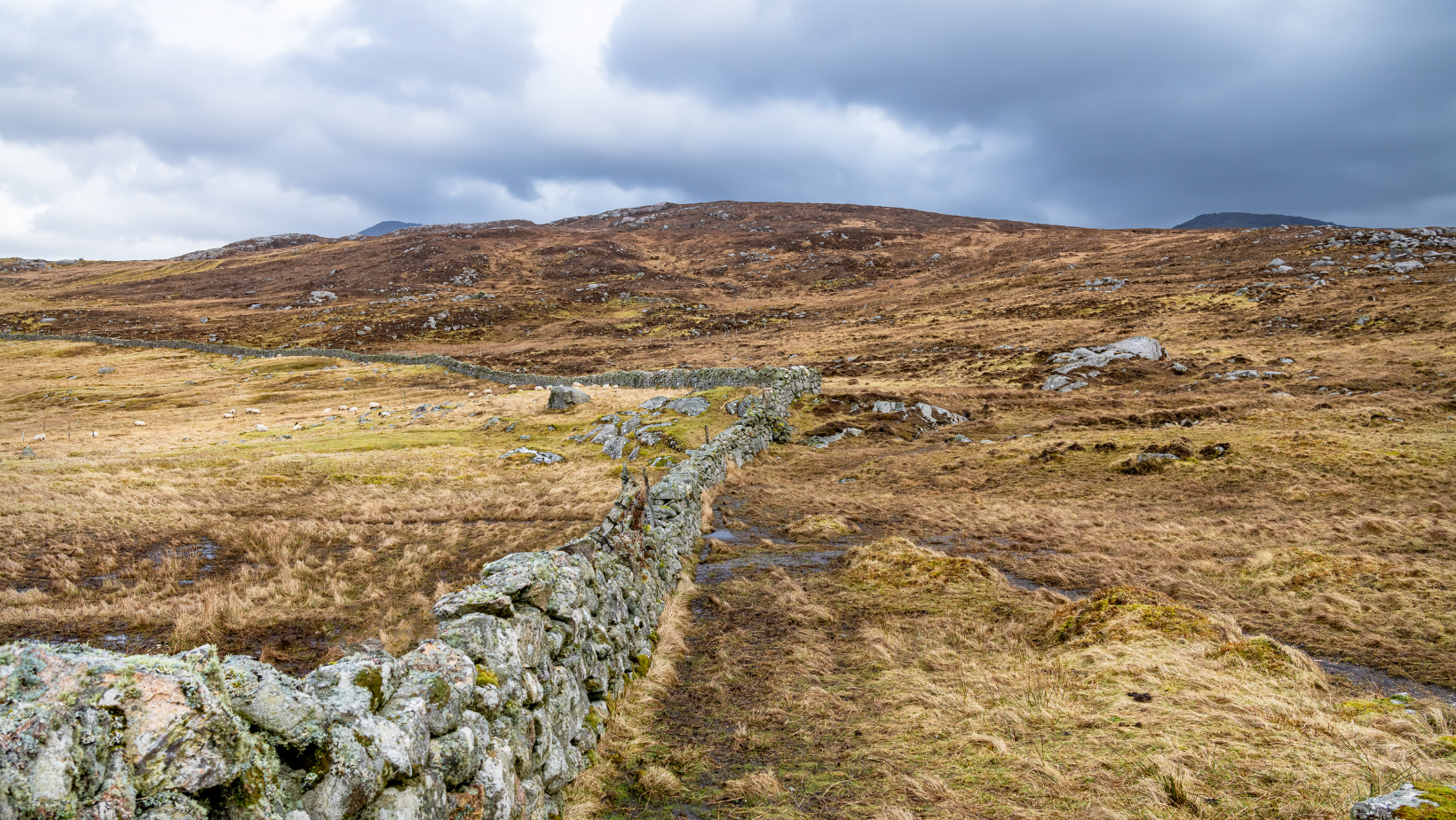Growing Peat Free
In our first 6 months at Kimberley Nurseries we switched from low peat compost to peat free. It is a choice we were happy to make and to do so ahead of government deadlines.
It is, however, a decision that we have not taken lightly and have undertaken extensive research to have the confidence to take this step. As a relatively small operation, we have not only performed our own assessments but have also consulted with several other major growers in the industry who have conducted two to three year long trials and have been very generous in their information sharing. The RHS have also assisted us with our research.
We will not be 100% peat free until our plug providers switch to peat free, which they are gradually doing and will need to be doing by 2030. We will also be increasing the amount of plants that we propagate in-house.
We selected our supplier very carefully based on results, quality and consistency, not costs. There is a price increase of between 15 and 25% between low peat and peat free compost. We are absorbing that and hope that increased demand will reduce the price. From past experience we know that the quality consistency of growing media can change so monitor quality very carefully and have back up plans in place. This effort paid off as we switched from our original supplier in April to one that we are now much happier with. It was a daunting switch at peak growing time at the nursery but one that has paid off.
The compost we use consists of 3 main substrates:
40% FSC wood fibre that is manufactured in the UK. The process in which it is manufactured produces ‘split end’ fibres creating a unique matrix, which when blended with other raw materials, coir and bark, results in increased water and nutrient holding capacity in peat free growing media.
35% coir. Coir improves overall structure, water uptake and young root development.
25% FSC pine bark which promotes a more open structure in the compost.
It comes as standard with wetting agents that enable excellent watering management for pots and containers and improves uptake of nutrients. It has a base, high level nitrogen, fertiliser which compensates for the nitrogen used by the substrates as they break down. To this our supplier also adds another slow release fertiliser, specific to Kimberley Nurseries, which releases over 6 months meaning that plants will reach you in peak condition and continue to flourish.
In terms of watering, we have found it has better retention than low peat, although it can look dry on the surface, so it’s best to do a finger check before possibly overwatering. From trials at our previous nursery it offered better aeration which means happier roots and improved growth.
We are often asked about the eco credentials of coir. It is a natural waste biproduct of the coconut industry. It is transported by sea, primarily from India and Sri Lanka. It has a far smaller carbon footprint than peat extraction.
However, few things are black and white. Currently coir is not the perfect solution. It is often bleached and chemically treated before being shipped. Coir was also traditionally used to replenish the soil in the local areas it is produced in, so the industry has left many of the landscapes in those areas with impoverished soils. We need to think of this switch to peat free as a necessary journey from unsustainable to sustainable, with some compromises on the way to that goal. Like any journey, the more prepared and positive we are, the better it will be.
If you have any questions about peat free growing, please do get in touch. We can offer our own experience and also have excellent contacts with industry experts - growers, manufacturers and horticulture organisations.
We need to think of this switch to peat free as a necessary journey from unsustainable to sustainable, with some compromises on the way to that goal. Like any journey, the more prepared and positive we are, the better it will be.
Holly Short, Kimberley Nurseries
When peat is extracted huge amounts of carbon is released into the atmosphere, contributing to greenhouse gas emissions and climate change. At the current rate of extraction this contributes to about 5% of greenhouse gas emissions. The amount of carbon stored in an average 75L peat based bag of compost is the equivalent that is sent into the atmosphere on a 200 mile car journey.
Peatlands are an important feature of our landscape, our largest terrestrial carbon store, a haven for rare wildlife and a natural water regulator mitigating flooding and acting as water filters. Only 13% of England’s peatlands are in a near natural state.
Peatlands grow at a rate of 0.5 to 1mm a year. It takes centuries for them to regenerate.



